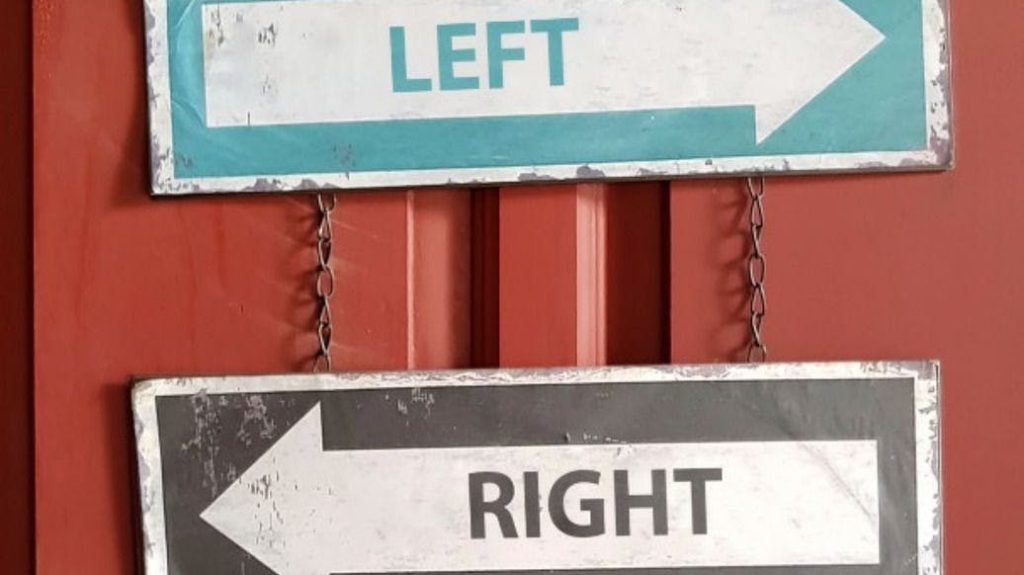The Transnational Web of Misinformation: A Deep Dive into Two Case Studies
The proliferation of misinformation online, particularly through social media platforms like Facebook, poses a significant threat to public health and societal well-being. This article delves into the intricate dynamics of problematic information diffusion by examining two distinct case studies: the Spanish-language conspiracy group "Médicos por la Verdad" (MPV) and the French-language misinformation surrounding hydroxychloroquine promoted by Didier Raoult. Both cases highlight the transnational reach of misinformation and the potential for its rapid dissemination across geographically dispersed communities. Leveraging network analysis techniques, this research unveils the complex relationships between online actors and the content they share, offering insights into the mechanisms driving the spread of false and misleading information.
The first case study focuses on MPV, a Spain-based organization that gained notoriety for propagating COVID-19 conspiracy theories. Their claims, ranging from declaring the pandemic a "plandemic" to questioning the efficacy of masks and testing, found fertile ground in Latin America and among Hispanic diasporas. Utilizing CrowdTangle, a Facebook-developed tool, researchers collected data on public Facebook groups sharing MPV-related video content between February 2020 and October 2021. This data was then used to construct a bipartite network, connecting Facebook groups with the URLs of the videos they shared. By projecting this bipartite network onto a one-mode network and focusing on the most active "super-spreaders," the research identified a core network of 518 groups responsible for the bulk of video co-sharing. Manual labeling of these groups revealed geographical distribution, language use, and category (e.g., conspiracy theories, media, politics). The resulting map illustrates the interconnectedness of these groups and their role in amplifying MPV’s misleading narratives across the Spanish-speaking world.
The second case study examines the misinformation surrounding hydroxychloroquine, fueled by the controversial French microbiologist Didier Raoult. Raoult’s early advocacy for the drug as a COVID-19 treatment, despite lacking scientific evidence, resonated with communities in French-speaking regions. A similar methodology was employed, collecting Facebook data from public groups mentioning "Didier Raoult" and "hydroxychloroquine" along with video content during the same period. The resulting network analysis revealed a core group of 454 highly interconnected Facebook groups promoting related misinformation. As with the MPV case study, the labeling of these groups provides insights into their geographical distribution, language use, and thematic focus, highlighting the transnational dissemination of problematic information concerning hydroxychloroquine.
The researchers’ meticulous approach involved careful data collection, network construction, and manual labeling. The data collection process focused on Facebook groups sharing video content related to each case study. A bipartite network was then constructed, linking groups to the video URLs they shared. This network was subsequently projected onto a one-mode network, connecting groups that shared the same videos. By focusing on the upper percentile of edge weights (representing the frequency of co-sharing), the analysis honed in on the most active "super-spreader" communities. Finally, manual labeling of the groups provided valuable contextual information, enabling the researchers to map the geographical, linguistic, and thematic landscape of the networks promoting misinformation in each case.
The study’s findings underscore several key aspects of misinformation diffusion. Firstly, both cases demonstrate the ability of problematic information to transcend geographical boundaries, readily spreading across continents and connecting disparate communities. Secondly, the identification of "super-spreader" groups reveals the crucial role played by specific actors in amplifying and disseminating misinformation. These highly active groups act as hubs, facilitating the rapid spread of false or misleading narratives across the network. Finally, the analysis highlights the importance of video content as a vehicle for misinformation, especially within the context of both case studies. Videos, often carrying emotional appeal and perceived authority, can be particularly effective in swaying public opinion and contributing to the spread of problematic information.
Despite the valuable insights provided, the study acknowledges certain limitations. The reliance on publicly available Facebook data restricts the analysis to a subset of online activity, potentially overlooking private groups or other platforms contributing to misinformation diffusion. Furthermore, the manual labeling process, while providing crucial context, introduces potential subjectivity. Future research could explore automated labeling techniques to enhance scalability and reduce potential biases. Additionally, investigating the motivations and characteristics of the individuals within these super-spreader groups would provide a richer understanding of the underlying drivers of misinformation spread.
The implications of this research extend beyond academic understanding, offering actionable insights for policymakers and social media platforms. Addressing the spread of misinformation requires a multi-faceted approach, including enhancing media literacy among users, developing effective fact-checking mechanisms, and implementing platform-level interventions to curb the reach of super-spreader groups. By understanding the dynamics of misinformation networks, we can develop targeted strategies to counter their influence and protect communities from the detrimental effects of false and misleading information. This research serves as an important step towards developing more nuanced and effective responses to the ongoing challenges of misinformation in the digital age.


